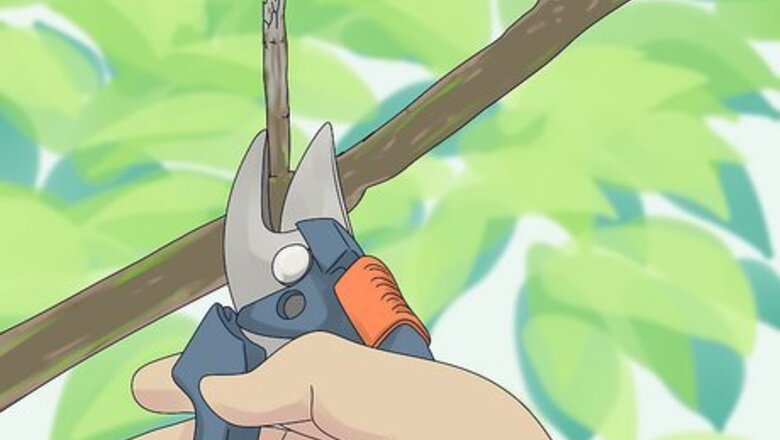
views
Late Winter and Early Spring
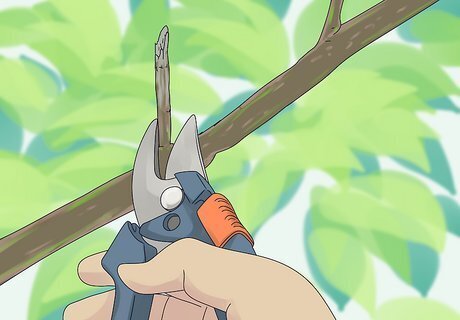
Begin your pruning once the trumpet vine enters active growth. When the weather begins to warm and the dormancy of winter ends, the vine will start developing new buds. At this point in time, you should remove any stems that became damaged over the winter. Damaged stems include those that are broken open, dead, or growing fungus.

Remove suckers. Suckers are vines that run underground, causing new vines to sprout haphazardly. Vines produced by underground suckers can even sprout up to a yard (one meter) away from the original vine. Cutting the vines away at the surface will only cause them to grow back stronger, so you need to dig underneath your original vine and cut away sucker growth from the base of the vine.
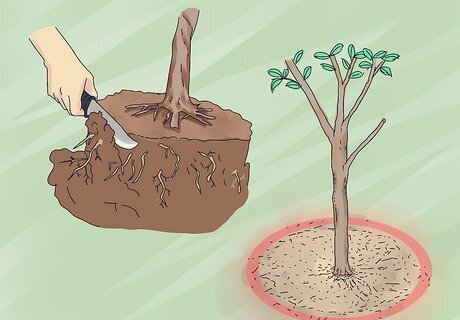
Root prune the vine. Root pruning is the practice of cutting away some of the roots in order to discourage overgrowth, like underground runners. Dig up some of the ground beneath the trumpet vine at the base of the plant. Use a sharp knife to cleanly cut away up to 1/3 of the roots, choosing roots that are smaller, newer, and further away from the base of the plant to avoid causing harm to the vine.
Summer
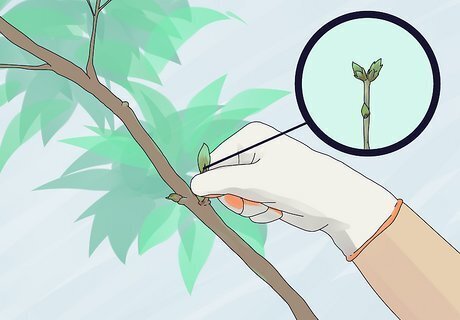
Pinch back new shoots. Pluck the out buds developing at the tip of the vine branches. By removing buds from the tip of the branch, you redirect the vine's energy, sending it outward rather than upward. As a result, you will have a fuller vine rather than a thin, scraggly one.
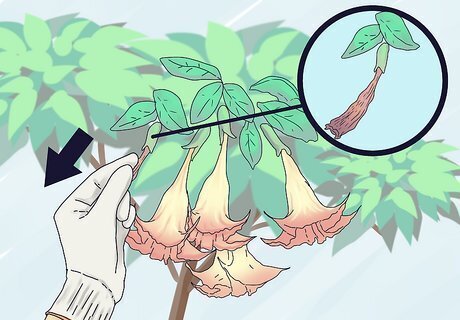
Pluck away dead flowers. As flowers begin to die or look ragged, pick them out instead of letting them drop. Generally, plucking out the flowers before they have the chance to come to seed and die will encourage floral growth to last longer into the season.
Autumn

Wait until the vine finishes flowering. Once all the flowers have dropped for the season, the trumpet vine begins to enter dormancy, making it the perfect time to trim it down. Trimming the branches in the autumn also prevents seed pods from dropping and starting new vines.
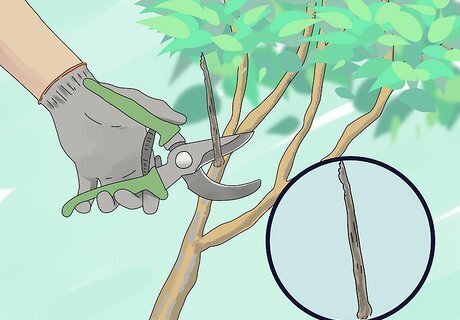
Remove woody stems. Use sharp pruning shears to cut away old stems that have become spindly or weak. These stems make your trumpet vine look more ragged and do not produce as much vibrant growth as newer stems. As such, woody stems should be removed first.
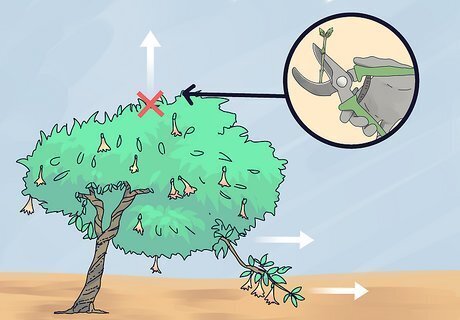
Cut to shape the vine. Since many trumpet vines are trained to climb a vertical surface, like a trellis, you will likely want to trim away lateral shoots that would produce outward branches. On the other hand, if you want the trumpet vine to crawl over the ground or another flat surface, prune shoots at the top of the vine to encourage outward, rather than upward, growth.

Trim down top branches. Even if you want the vine to climb upward, leaving the top branches alone will only cause the plant to direct all its energy to upward growth, creating a scraggly appearance. Cut the top stems down to 10 inches (25.4 cm) to encourage new, fuller growth. Focus on the heaviest sections of growth, creating a uniform appearance throughout the length of the vine.

Leave at least three to four buds. The buds should be on stems that are facing in the direction you want your vine to grow in. For instance, if you want an outward or horizontal covering, the remaining buds should be lateral buds that face outward. Likewise, if you want the vine to climb upward, the vines should be at the tip of the branches.
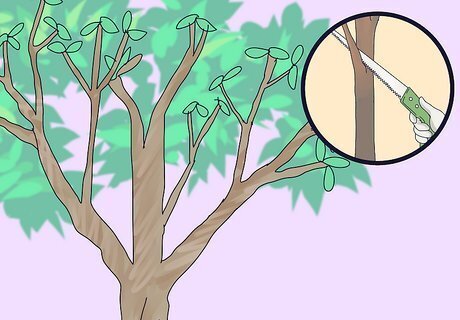
Only remove about 1/3 of the wood. If you remove much more than that, you run the risk of shocking the vine rather than encouraging it. A shocked vine will produce very little new growth.
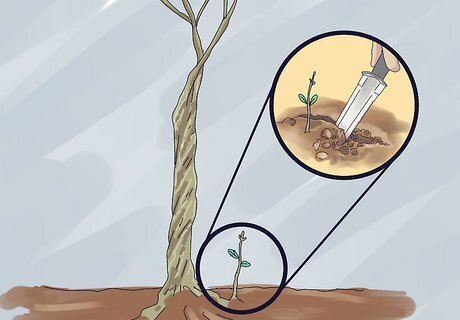
Trim the base of the vine. If new suckers have developed over the summer, dig them up and cut them away before they have the chance to take root.














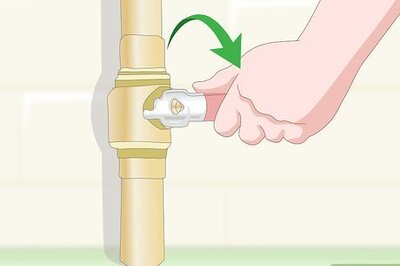


Comments
0 comment